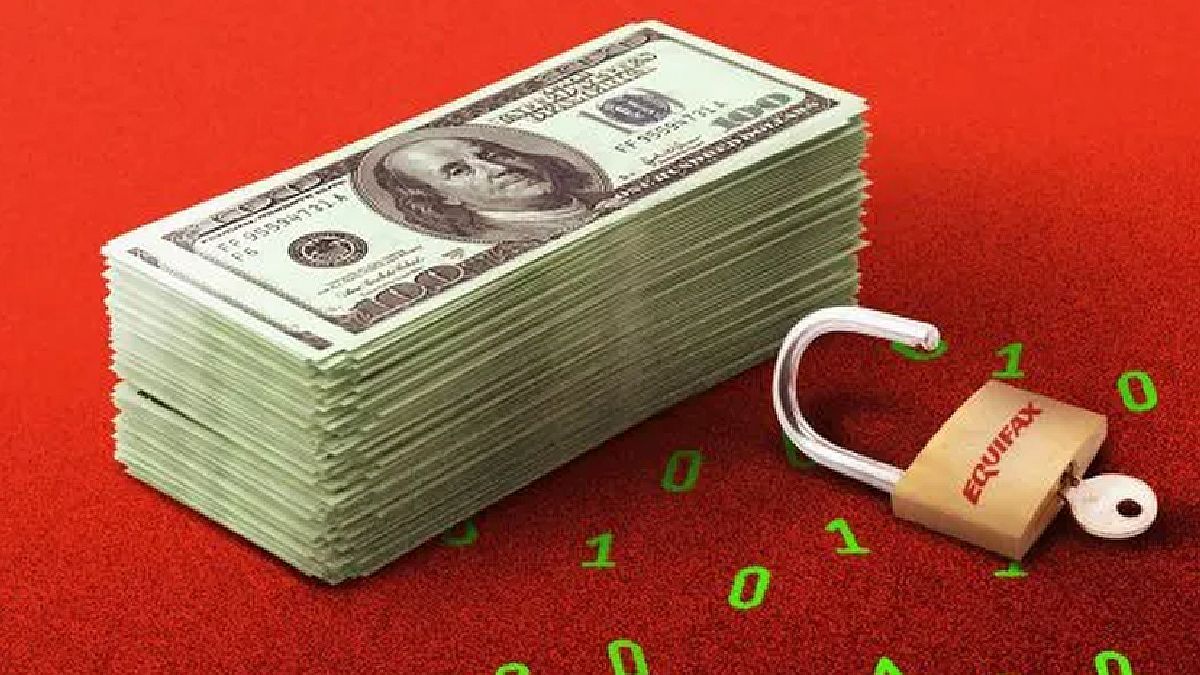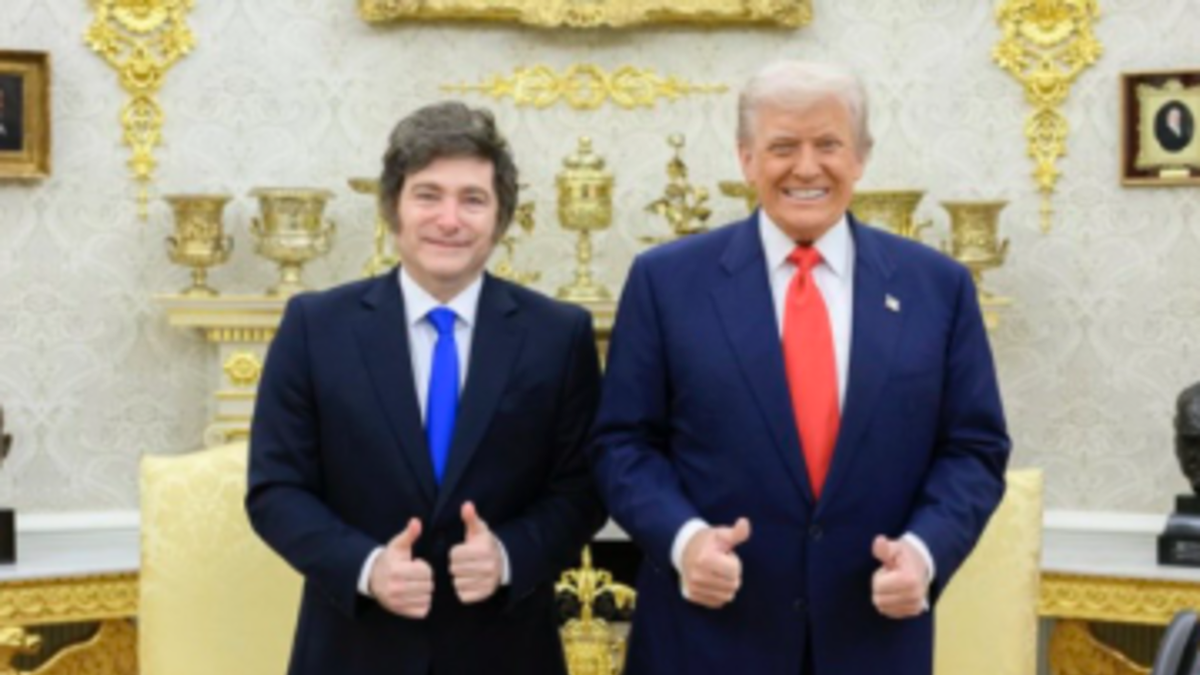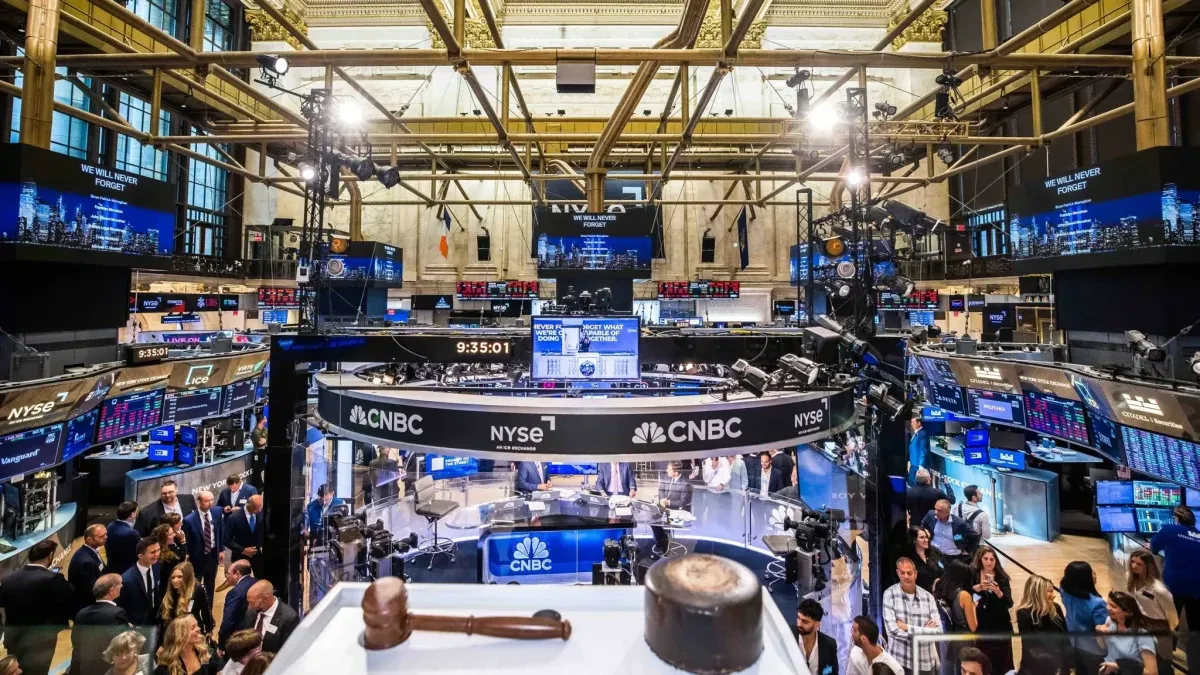The possibility of lifting the stocks, according to Sergio Massa, would begin to take shape in December 2024. The Minister of Economy pointed out, faced with the possibility of being president, the final point on a problem that controls the outflow of capital in an adverse context for the Central Bank, but also limits investments. Fiscal signal, recovery in demand for money, improvement of the external sector and political support, the keys to get rid of exchange restrictions.
In the last interview that Massa gave, the presidential candidate promised to return to the path of eliminating exchange controls at the end of 2024. Anker Latin America economist Martín Vauthier maintains that to make the stocks more flexible “An improvement in expectations is required, which translates into a recovery in the demand for money, and on the other hand, an improvement in the balance sheet of the Central Bank.” “There is a very weak demand for money and a very deteriorated balance sheet of the Central Bank with many liabilities in pesos and without its own dollars, without its own net reserves. To reverse it, an economic program is needed that is credible for the market and has political support,” analyzes the specialist.
The Central Bank understands the same idea. From the entity commanded by Miguel Pesce They emphasize the need for “political backing” that endures a “more shock accommodation” and then gradually advances with a stabilization plan. “In that sense, it is important to think about a great national agreement,” they explain inside the bank. However, they warn that releasing the dollar abruptly, and going “from $350 to $900 is violent.”
In this stabilizing plan, for Vauthier the fiscal leg is key, to tend to eliminate the deficit, programmed at 0.9% of GDP according to the 2024 Budget. “It is essential for the Central Bank to be able to accumulate reserves that monetary financing to the Treasury is eliminated, maintaining a recovery in the demand for money and the bank’s balance sheet. The market has to perceive that it can be sustained over time,” explains the economist.
Leandro Mora Alfonsín, an economist specializing in industrial policy, adds one more spice to the plan: relative price correction, mainly exchange rate along with fees, interest rate and salaries. At the same time, it adds, among other elements, to returning to the path of international markets, depending on the type of creditors available and the rate offered. “Without the bases of a relatively clear plan, setting a date for the end of the stocks is an expression of wishes. There is no clamp yes or clamp no button, it is loosening by virtue of the fact that the economy itself allows you to go out”, explains Alfonsín.
Lastly, for Guillermo Abadi, also an industrial specialist, a scenario without stocks could arrive towards the end of 2024 or “even before”, if an economic program that stabilizes the economy is followed. Together with the other points mentioned, with which he agrees, he considers necessary a income policy that supports the segment that could feel the consequences the most. In addition, it highlights the importance of a good harvest and strategic sectors such as Vaca Muerta and lithium, which help improve the external outlook and arrival of dollars. “The current accumulated imbalances are unsustainable,” concludes the analyst.
Implementation of the exchange rate
The implementation of the exchange rate At the end of 2011 it involved the return of the change controls as a tool of economic policy. The administrative regulations on the purchase and sale of foreign currency deepened their fine print until December 16, 2015, at which time the former Minister of Finance, Alfonso Prat-Gay, announced its end. “Whoever wants to export will export, whoever wants to import will import, whoever wants to buy or sell dollars will be able to do so. “This is how normal economies work,” he said that day.
Almost four years later, on September 1, 2019, Mauricio Macri reversed the decision through DNU 609 and imposed new restrictions to prevent the flight of currency, within the framework of a phenomenal drain on the Central Bank and the IMF demands. Thus, the limit to acquire dollars was set at US$10,000 per month. But it also did not last long: on October 28, the weakness of the context forced the former president to adjust the stocks to $200 per month for hoarding and expenses abroad, an amount that President Alberto Fernández decided to maintain until today.
In dialogue with Ámbito, a banker acknowledged off-screen that It is “impossible” to remove the trap from one day to the next, which is a process. “With the amount of pesos and low amount of dollars in the formal channel, it is not possible to lift the stocks immediately,” he asserts. Along these lines, Alfonsín highlights the importance of avoiding abrupt jumps “so as not to have an overreaction of the market and a potential run.”
Source: Ambito




